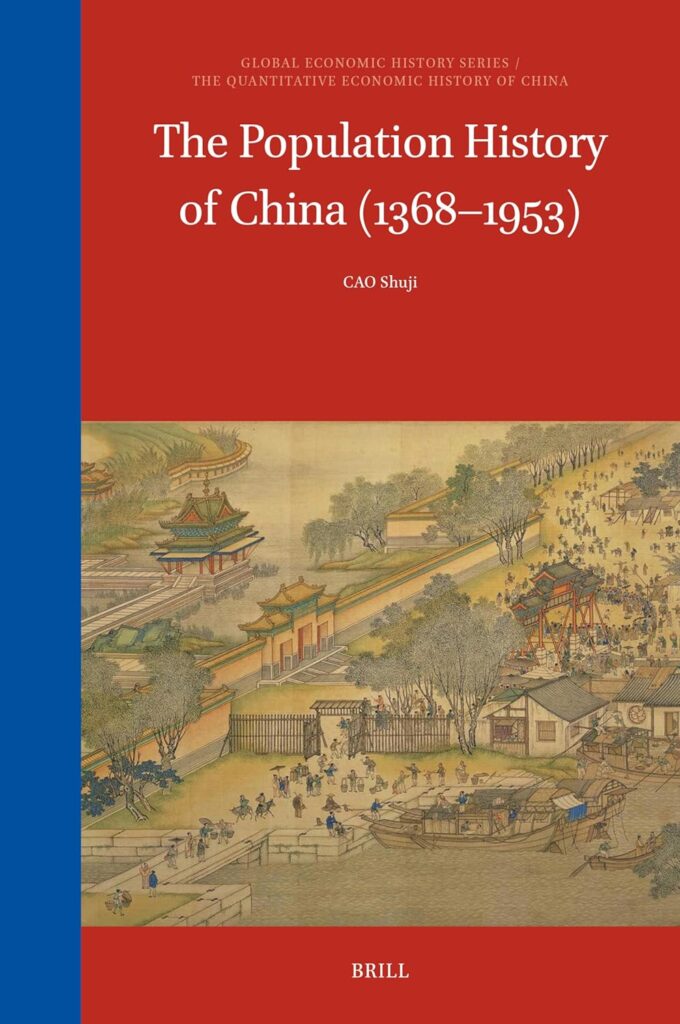Volumes of historical archives in China have been digitised, from which various datasets have been constructed for scholarly inquiry. Furthermore, the excavation of thousands of archaeological sites provided detailed data about prehistoric development across China’s landmass. As a result, there has been remarkable progress in quantitative studies on China’s past. This article reviews recent work in five theme areas to provide a background for the papers included in this special issue. These themes include state formation, Confucianism, human capital, Christian missionaries, and long-term persistence studies. The five papers in this issue fall into these themes and are introduced where appropriate.


From 1368 to 1953, China’s administrative divisions were mainly composed of counties, prefectures, and provinces. This book shows the population figures, density, and changes in the provincial population in China during this period and population figures of each major city and town and its proportion in terms of the provincial population during this period―the urbanization rate. Data in this book is drawn partly from historical sources and partly from statistical-model-based calculations. The book also includes provincial population maps in 1393, and their original statistical models, population databases, and metadata.
本書是一本關於明清時期中國人口制度及中國人口數量變化的著作。本書給出了 1393、1580、1630、1680、1776、1850、1880、1910 和 1953 等 9 個年份的中國分府人口,以及 1393、1580、1776和 1910等 4個年份的分府城市人口。本書對於明清之際的人口死亡,以及清代後期因戰爭、旱災與流行病造成的人口死亡,均以府為單位,給予了詳細的描述並給出盡可能完整的統計數據。
The work described in this paper was partially supported by a grant from the Research Grants Council of the Hong Kong Special Administrative Region, China (Project Reference Number: AoE/B-704/22-R).





